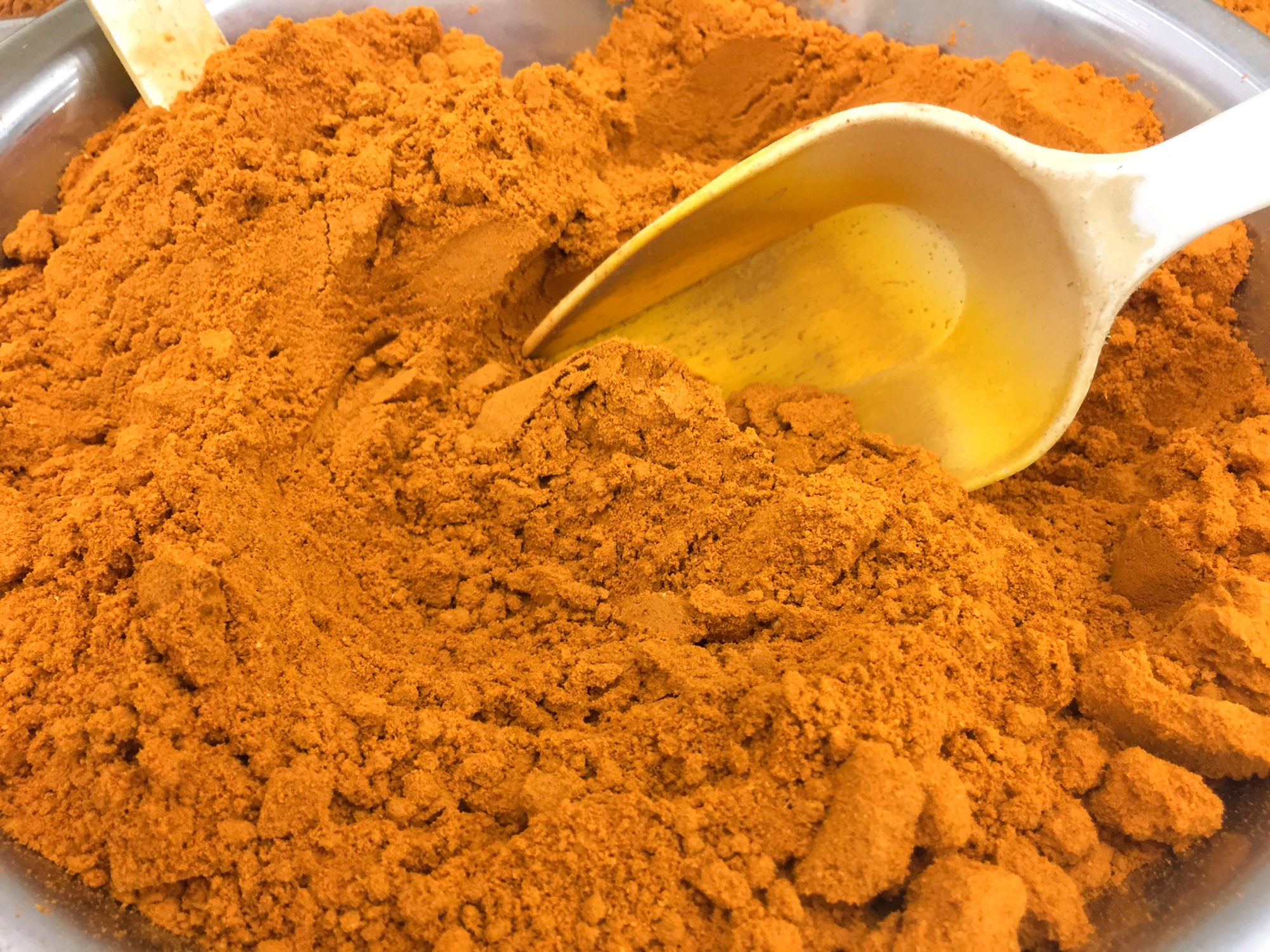
The yellow powder is ubiquitous these days—except in India.
The curry powder on your supermarket shelf has more to do with British colonialism than anything from the Indian subcontinent, where traditionally, cooks make spice mixes in small batches, often one dish at a time, tailoring particular spices to a given recipe. Not so in London curry houses, where a one-size-fits-all spice blend called Madras curry powder is the seasoning of choice. Madras is the former name of the South Indian city Chennai, and many of the elements found in Madras curry powder have strong ties to the region: black pepper, turmeric, cumin, and red chile are all essential tastes of the state of Tamil Nadu.
But curry powder also adds some flavors found in North Indian curry sauces, such as cardamom, fenugreek, and coriander seeds, as well as garlic or onion powder, and sometimes cinnamon. There’s no set recipe, and for all its phony heritage, it is a handy spice, and worth making yourself. Toast whole spices in a dry skillet over high heat until your kitchen smells like the inside of a kebab, then grind them in a spice grinder and seal in an airtight container. It’s authentically homemade inauthentic curry powder—a tradition all your own.